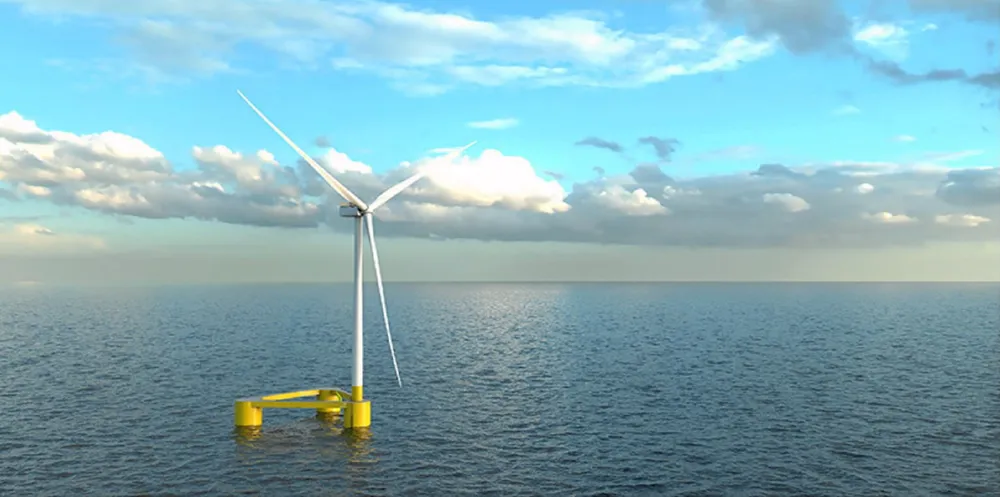Equinor to partner South Korean conglomerate on 'biggest' floating wind project
The 'Firefly' project is expected to provide enough electricity to supply every home in the Korean city of Ulsan

Norwegian oil and gas major Equinor has teamed up with South Korean industrial group Posco ahead of the planned 750MW Firefly floating wind project, to be located offshore from the South Korean city of Ulsan.
Equinor and Posco signed a memorandum of understanding this week to collaborate on what the engineering and procurement arm of the South Korean conglomerate called the “world’s largest” project of its kind.
On Sang-woong, head of Posco E&C’s infrastructure division, is quoted in Korean media as saying that the company has broken from the “limits of traditional construction and selected green and renewable businesses such as offshore wind power as a next-generation future growth sector.”
The Firefly wind farm, described as boasting 750-800MW of capacity, will be comprised of two sites 70 kilometres off the coast of Ulsan.
Equinor plans to use what it describes as a “low draft semi-submersible concept” called the Wind Semi, for the project, saying the concept had been designed as the most suitable floating wind technology choice for Korea.
In reaching this conclusion, the company considered what it described as South Korea's "world class supply chain and the demanding conditions offshore". These considerations included typhoons, as a dimensioning-criteria for a mooring system in water depths as found in the area outside Ulsan.
Equinor signed an earlier MoU with Ulsan city in May 2019 outlining plans for the development of the floating wind farm.
Construction is expected to begin in 2025, with commercial operation planned to start in 2027, according to South Korean media reports.
The floating wind farm is expected to provide electricity on a scale to supply all households in Ulsan, which has a population of over 1 million.
"We believe that together, we can harness the full potential of floating offshore wind in the region and contribute significantly to Korea's renewable energy goals. With Posco's valuable contributions, we are confident in our joint efforts to achieve a successful and groundbreaking project."
The wind farm consists of 11 wind turbines based on the floating Hywind concept, developed by Equinor.